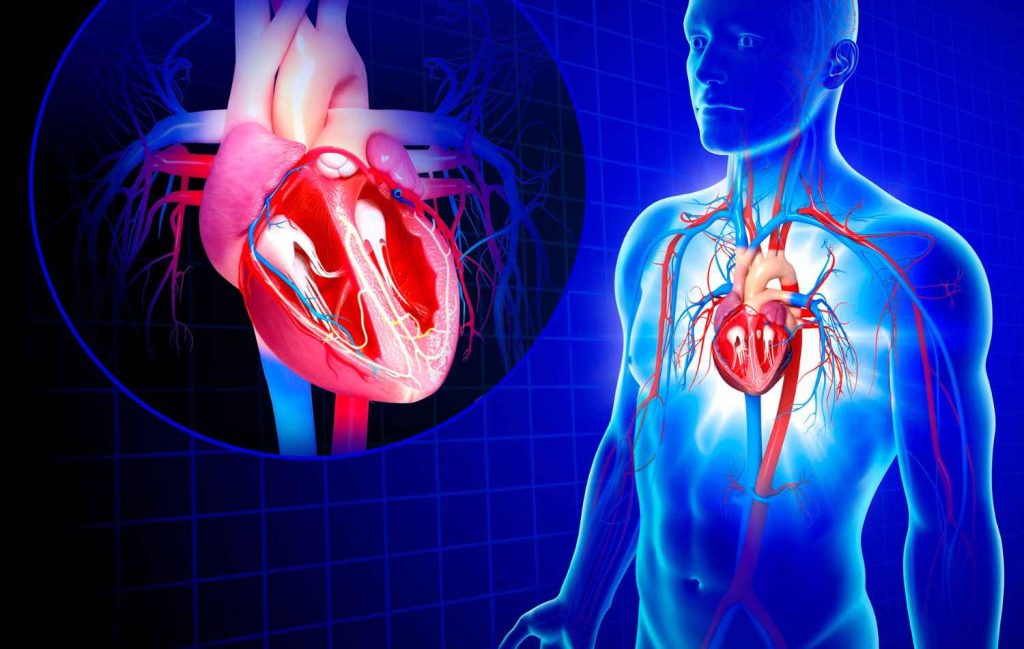
What Is Valve Medical's Xemed TAVR Technology?
Valve Medical's Xemed TAVR technology represents a significant advancement in the field of heart valve replacement. As a part of the Medinol Group, Valve Medical has leveraged extensive experience in minimally invasive procedures to develop a modular transcatheter aortic valve replacement (TAVR) system. This system is designed with a focus on reducing bleeding complications and providing options for patients who require smaller, more adaptable devices. The Xemed TAVR technology stands out due to its ultra-low profile, which allows for the use of a standard 12-French (Fr) sheath, making the procedure accessible to a broader range of patients, including those with smaller arteries. Its modular design not only simplifies the implantation process but also aims to enhance patient outcomes by reducing risks associated with vascular and bleeding complications. This innovative approach showcases Valve Medical's commitment to improving the safety and effectiveness of heart valve replacements.
How Does the Modular Design of Xemed TAVR Enhance Patient Care?
The modular design of Valve Medical's Xemed TAVR technology marks a significant leap forward in the realm of heart valve replacement procedures. This design approach brings several key advantages that directly translate into enhanced patient care.
Firstly, the modular nature of the Xemed TAVR system allows for a more tailored and precise fitting of the valve to the patient's heart anatomy. Unlike traditional one-size-fits-all solutions, the Xemed system's adaptability ensures that each patient receives a device that is best suited to their specific needs, thereby reducing the risk of complications and improving the overall effectiveness of the procedure.
Moreover, the modular design facilitates a less invasive procedure. With the ability to be delivered through a standard 12-French sheath, the system is compatible with smaller vascular access points. This significantly reduces trauma to the patient, leading to shorter hospital stays, faster recovery times, and a lower likelihood of vascular complications post-procedure.
Additionally, the Xemed TAVR's design incorporates advanced features like adaptive sealing technology. This innovation drastically minimizes the risk of paravalvular leakage – a common issue with valve replacements that can lead to heart failure if not properly managed.
In essence, the modular design of the Xemed TAVR system by valves medical: Medinol not only ensures a safer, more customized treatment option for patients but also paves the way for quicker recoveries and better long-term outcomes. It's a testament to how thoughtful engineering and patient-centered design can revolutionize medical care.
What Are the Clinical Benefits of Xemed TAVR's Ultra-Low Profile?
The ultra-low profile of Valve Medical's Xemed TAVR technology offers numerous clinical benefits, making it a highly preferred choice among healthcare professionals for treating heart valve diseases. This innovative feature significantly impacts the procedural success and patient recovery in several key ways.
First and foremost, the ultra-low profile allows for a broader range of patients to be eligible for the procedure. Traditional TAVR systems often require larger access points, which can exclude patients with smaller vascular anatomy from receiving this life-saving treatment. The Xemed TAVR, with its ability to be delivered through a standard 12-French sheath, opens up possibilities for patients previously considered at high risk for traditional surgery or conventional TAVR due to their anatomical constraints.
Secondly, the reduced profile size directly correlates with lower rates of vascular and bleeding complications. These complications are among the most common and concerning risks associated with TAVR procedures. By minimizing the size of the access point needed for valve delivery, the Xemed TAVR system significantly reduces these risks, leading to safer procedures and enhancing patient outcomes.
Furthermore, the ultra-low profile facilitates a faster and more efficient procedure. It simplifies the delivery process, reducing the time patients spend under sedation and the overall strain on healthcare resources. This efficiency not only improves the patient experience but also allows healthcare facilities to optimize their workflow and treat more patients effectively.
In summary, the ultra-low profile of the Xemed TAVR technology brings about critical clinical benefits, including expanded patient eligibility, reduced procedural risks, and enhanced operational efficiency, setting a new standard in the treatment of heart valve diseases.
How Does Adaptive Sealing Technology Reduce Complications?
Adaptive sealing technology, a hallmark of Valve Medical's Xemed TAVR system, plays a pivotal role in minimizing complications associated with heart valve replacement procedures. This innovative feature is designed to create a secure and precise fit between the valve and the patient’s heart tissue, effectively reducing the incidence of paravalvular leakage—a common complication where blood leaks around the edges of the implanted valve.
Paravalvular leakage can lead to significant health issues, including heart failure and the need for additional interventions. However, the adaptive sealing technology of the Xemed TAVR system addresses this concern head-on. It adapts to the unique contours of each patient's aortic annulus, ensuring a tighter seal and significantly lowering the risk of leakage.
Moreover, by minimizing the potential for leakage, this technology contributes to better overall patient outcomes. It reduces the likelihood of post-procedure complications, decreases the necessity for rehospitalization, and improves the quality of life for patients undergoing TAVR procedures. This advancement underscores Valve Medical's commitment to innovation and patient safety in the realm of cardiac care.
Why Is Valve Medical's Approach Considered Innovative in Heart Valve Replacement?
Valve Medical's approach to heart valve replacement, particularly through its Xemed TAVR technology, stands out as innovative for several compelling reasons. At the core of this innovation is the company's dedication to addressing the limitations of traditional valve replacement techniques, with a specific focus on reducing procedural risks and expanding treatment accessibility.
Firstly, the modular design of the Xemed TAVR system represents a significant departure from the one-size-fits-all model prevalent in earlier TAVR technologies. This modularity allows for a customized fit tailored to the unique anatomical needs of each patient, enhancing the precision and safety of the procedure. It's a forward-thinking approach that prioritizes adaptability and patient-specific care, setting a new benchmark in the field.
Additionally, the ultra-low profile and adaptive sealing technology of the Xemed TAVR system underscore Valve Medical's commitment to minimizing procedural complications. These features collectively work to reduce vascular and bleeding complications, paravalvular leakage, and the overall invasiveness of the procedure. By prioritizing these aspects, Valve Medical not only improves patient outcomes but also broadens the scope of who can receive this life-saving treatment.
Valve Medical's innovative approach, combining a modular design with advanced sealing technology and a focus on reducing the device's profile, fundamentally changes the landscape of heart valve replacement. It showcases the company's commitment to pushing the boundaries of medical technology to enhance patient care and safety.
